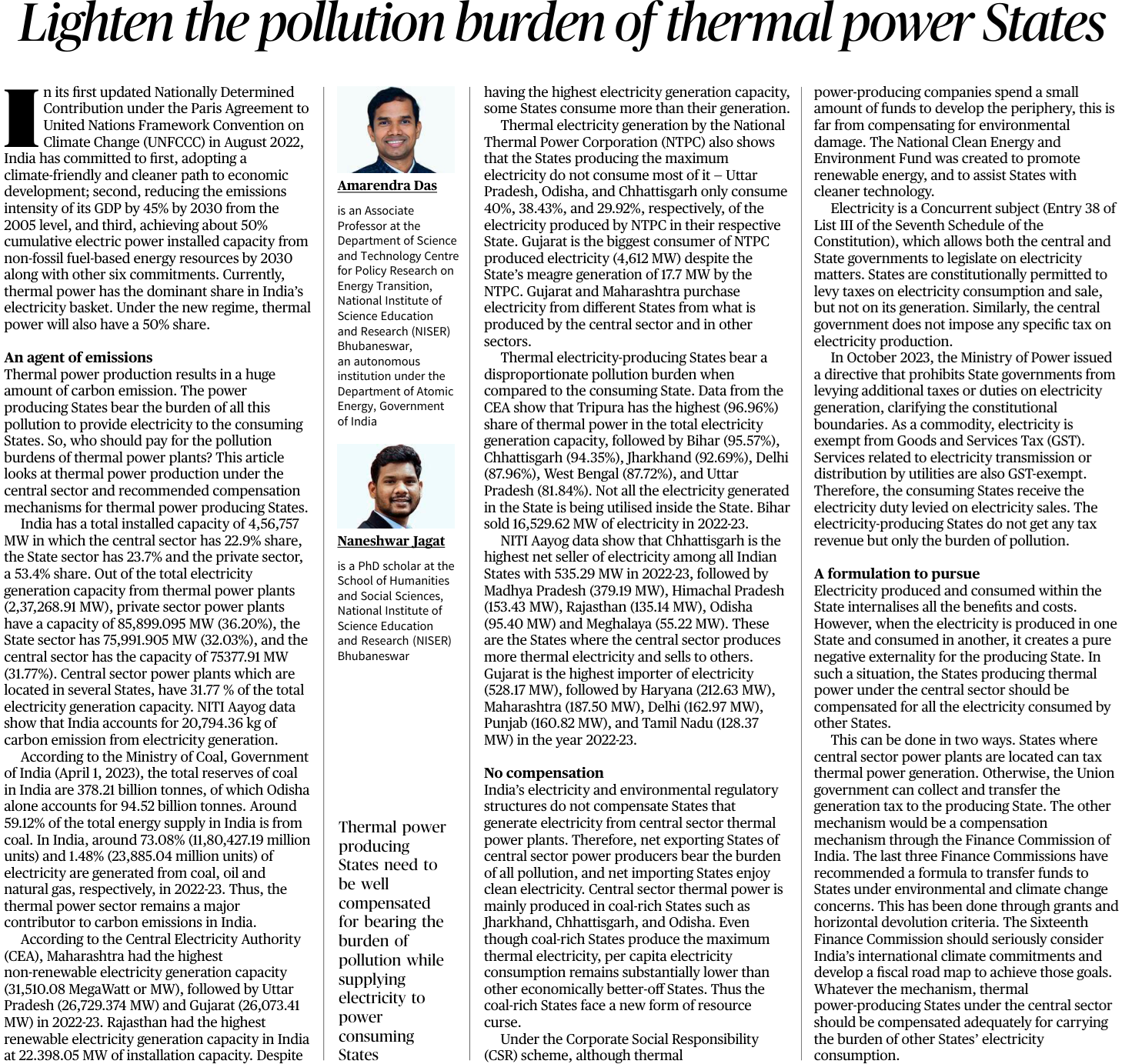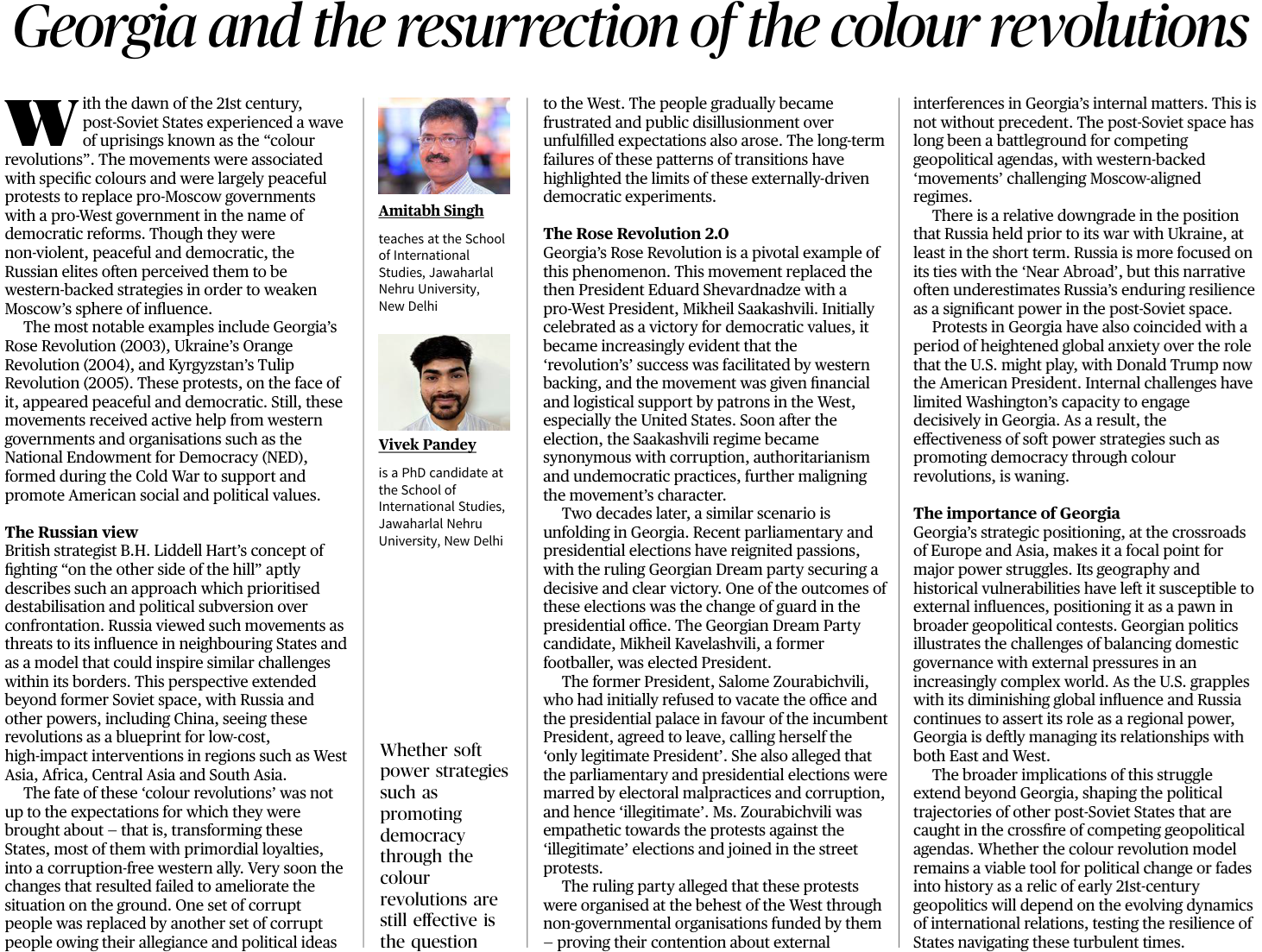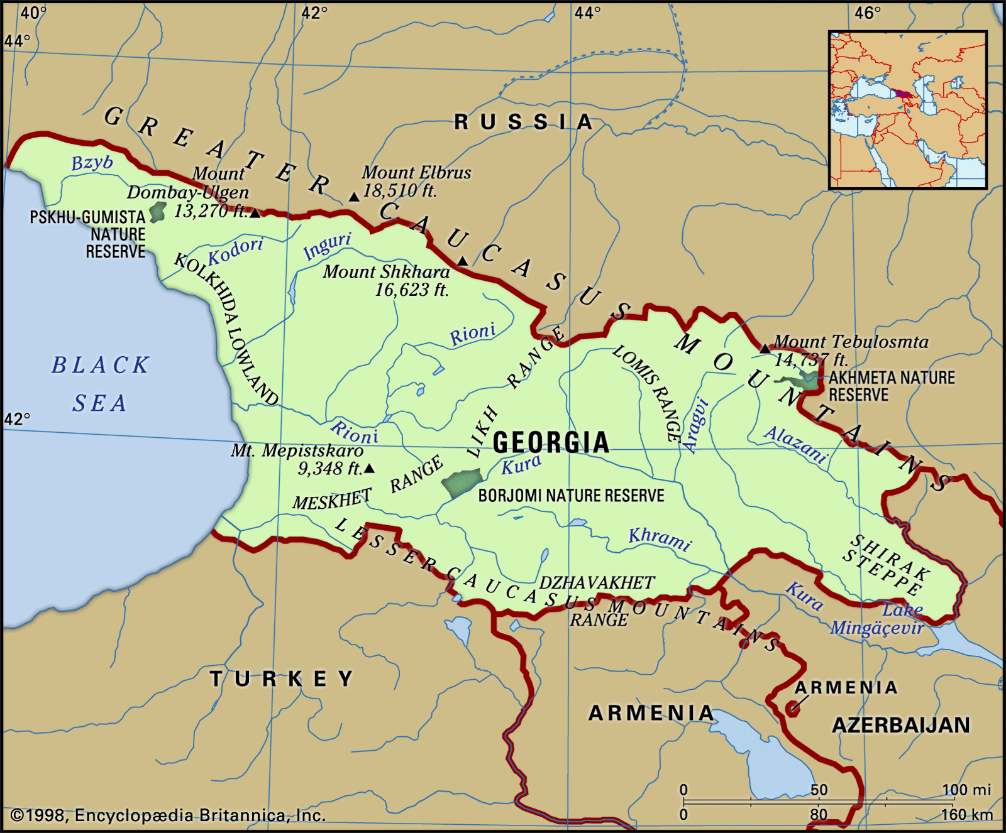1. Addressing the Pollution Burden of Thermal Power-Producing States
Introduction:
- India, in its updated Nationally Determined Contribution (NDC) under the Paris Agreement (2022), has committed to reducing the emissions intensity of its GDP by 45% by 2030 and achieving 50% cumulative electric power installed capacity from non-fossil fuel-based resources.
- Despite these commitments, thermal power continues to dominate India’s electricity sector, contributing to high carbon emissions.
- The burden of emissions from power generation is disproportionately borne by power-producing states, even though the electricity is consumed in other states.
Current Status of Thermal Power Generation in India
- India’s total installed power capacity: 4,96,757 MW.
- Thermal power generation capacity: 2,37,828.91 MW (48% of total capacity).
- Distribution of power plants:
- Private sector: 85,989.059 MW (36.20%).
- State sector: 75,991.105 MW (32.03%).
- Central sector: 73,757.91 MW (31.77%).
- Carbon emissions from thermal plants: India accounts for 2,70,794.36 kg of carbon emissions from electricity generation.
Disproportionate Burden on Power-Producing States
- Power-producing states bear the environmental burden while consuming states benefit from electricity.
- National Thermal Power Corporation (NTPC) data:
- States with high power production but low self-consumption: Uttar Pradesh (40%), Odisha (38.43%), Chhattisgarh (29.92%).
- Gujarat is the biggest consumer of NTPC power (4,162 MW), while Maharashtra and Tripura have high thermal power reliance.
- This creates a negative externality where power-producing states suffer from pollution without equivalent economic compensation.
Lack of Compensation Mechanisms
- Currently, power-producing states do not receive direct compensation from consuming states.
- Existing initiatives:
- National Clean Energy and Environment Fund was created but primarily benefits states with cleaner energy sources.
- Electricity taxation is within the domain of state governments, but consuming states levy their own taxes rather than compensating power producers.
- In October 2023, the Ministry of Power issued a directive prohibiting state governments from levying additional taxes or duties on electricity generation.
Proposed Solutions
- Compensation Models:
- A direct monetary compensation mechanism where consuming states pay power-producing states for the environmental costs.
- Revenue-sharing model similar to coal-rich states receiving compensation for coal mining.
- Transfer of funds from Union government to states based on pollution levels.
- Regulatory Framework:
- The Finance Commission should consider thermal power pollution costs while allocating funds.
- Incorporating thermal power emissions into India’s national climate commitments.
Conclusion:
- Thermal power remains a key component of India’s energy sector, but the pollution burden is unequally distributed.
- A structured compensation mechanism is required to ensure that power-producing states are not unfairly penalized.
- Effective policy changes can balance environmental sustainability with economic equity among states.
Bottom of FormMains Practice Question |
Q. Thermal power generation is crucial for India’s energy security, yet the pollution burden falls disproportionately on power-producing states. Discuss the need for a compensation mechanism and suggest viable policy solutions. (250 words) |
2. The Colour Revolutions and Their Impact on Post-Soviet Politics
Introduction:
- The early 21st century saw a wave of uprisings in post-Soviet states, known as “Colour Revolutions.”
- These were largely peaceful protests aimed at replacing pro-Moscow governments with pro-Western leadership.
- Russia viewed these movements as Western-backed strategies to weaken its geopolitical influence.
Major Colour Revolutions
- Georgia’s Rose Revolution (2003)
- Ukraine’s Orange Revolution (2004)
- Kyrgyzstan’s Tulip Revolution (2005)
- These revolutions, though appearing peaceful, had significant support from Western governments and organizations like the National Endowment for Democracy (NED).
- They often led to a change in leadership but did not always result in effective democratic governance.
Russian Perspective on Colour Revolutions
- Russia perceives them as low-cost Western strategies for political destabilization and regime change.
- It views such movements as threats to its sphere of influence and potential triggers for instability within its own borders.
- The long-term patterns show that externally driven democratic transitions often fail to deliver expected reforms, leading to disillusionment among citizens.
Rose Revolution 2.0 and Recent Developments in Georgia
- Recent parliamentary and presidential elections in Georgia have seen rising political tensions.
- The ruling Georgian Dream Party won elections, securing a decisive victory.
- The previous pro-Western President, Salome Zourabichvili, attempted to hold onto power despite her party’s loss, leading to allegations of corruption and illegitimacy.
- Protests and public opposition have increased against the ruling government.
Declining Effectiveness of Colour Revolutions
- The effectiveness of Western-backed strategies like promoting democracy through revolutions is declining.
- The U.S. faces domestic challenges and has limited capacity to intervene decisively in Georgia.
- Russia, despite its focus on Ukraine, remains a key power in the post-Soviet space and has successfully countered such movements.
Strategic Importance of Georgia
- Georgia’s geographical position at the crossroads of Europe and Asia makes it geopolitically significant.
- Historical vulnerabilities make it susceptible to foreign influence, turning it into a battleground for competing powers.
- The situation reflects broader struggles of post-Soviet states caught between Western influence and Russian dominance.
Conclusion:
- Colour Revolutions have had mixed results—while they have led to leadership changes, they have often failed to deliver long-term democratic stability.
- The broader lesson is that externally influenced democratic transitions require internal institutional strength to be effective.
- As the global order shifts, the role of such revolutions may diminish, with states increasingly relying on internal political dynamics rather than external interventions.
Mains Practice Question |
Q. Colour Revolutions have played a crucial role in shaping the political landscape of post-Soviet states. Critically examine their impact, with a focus on Georgia. (250 words) |




